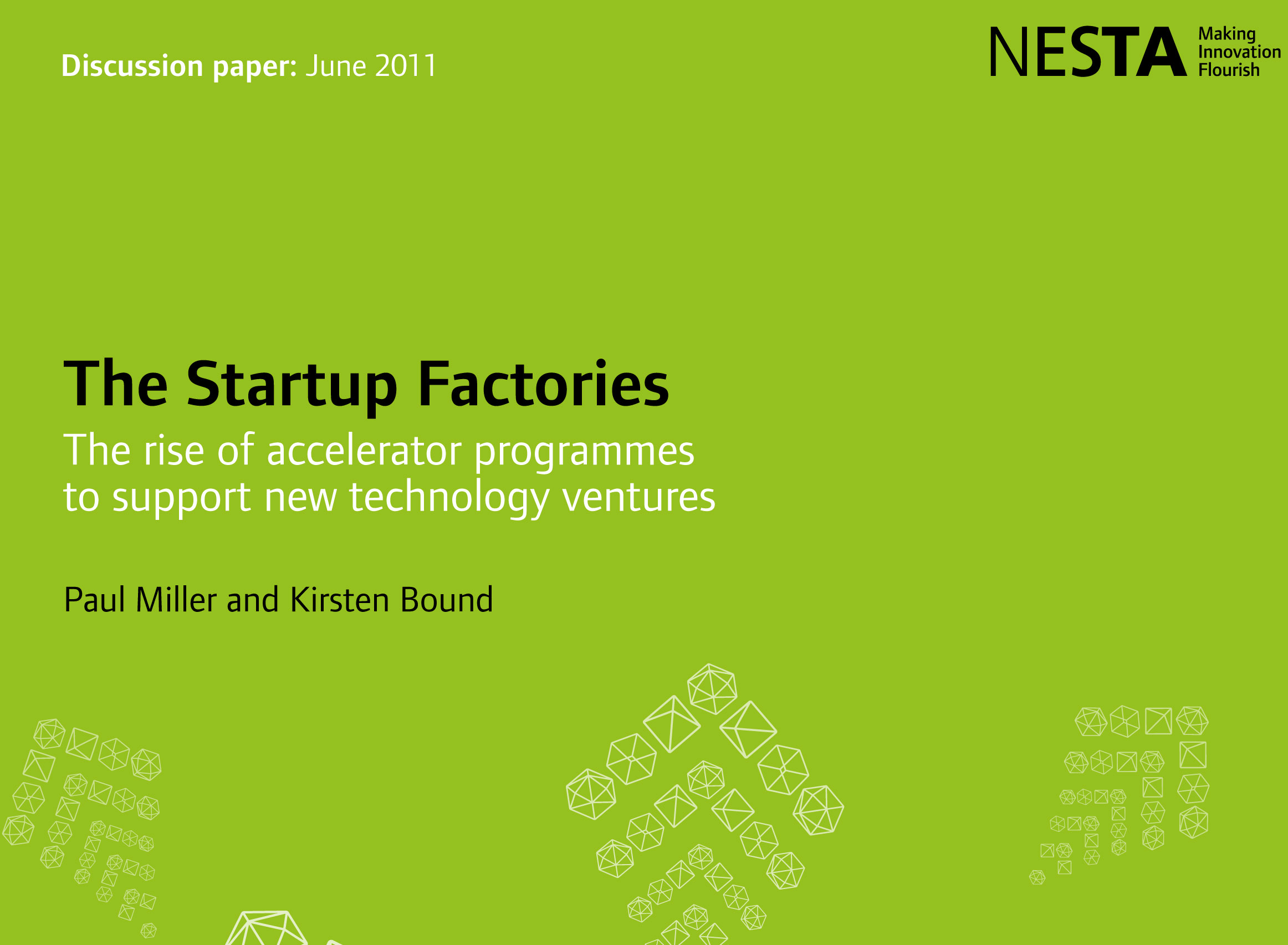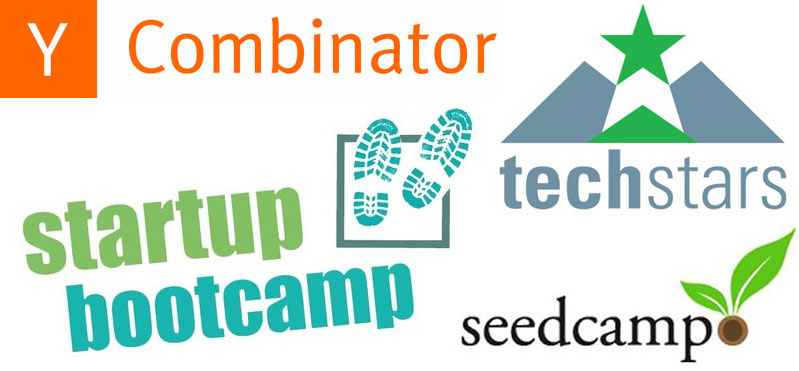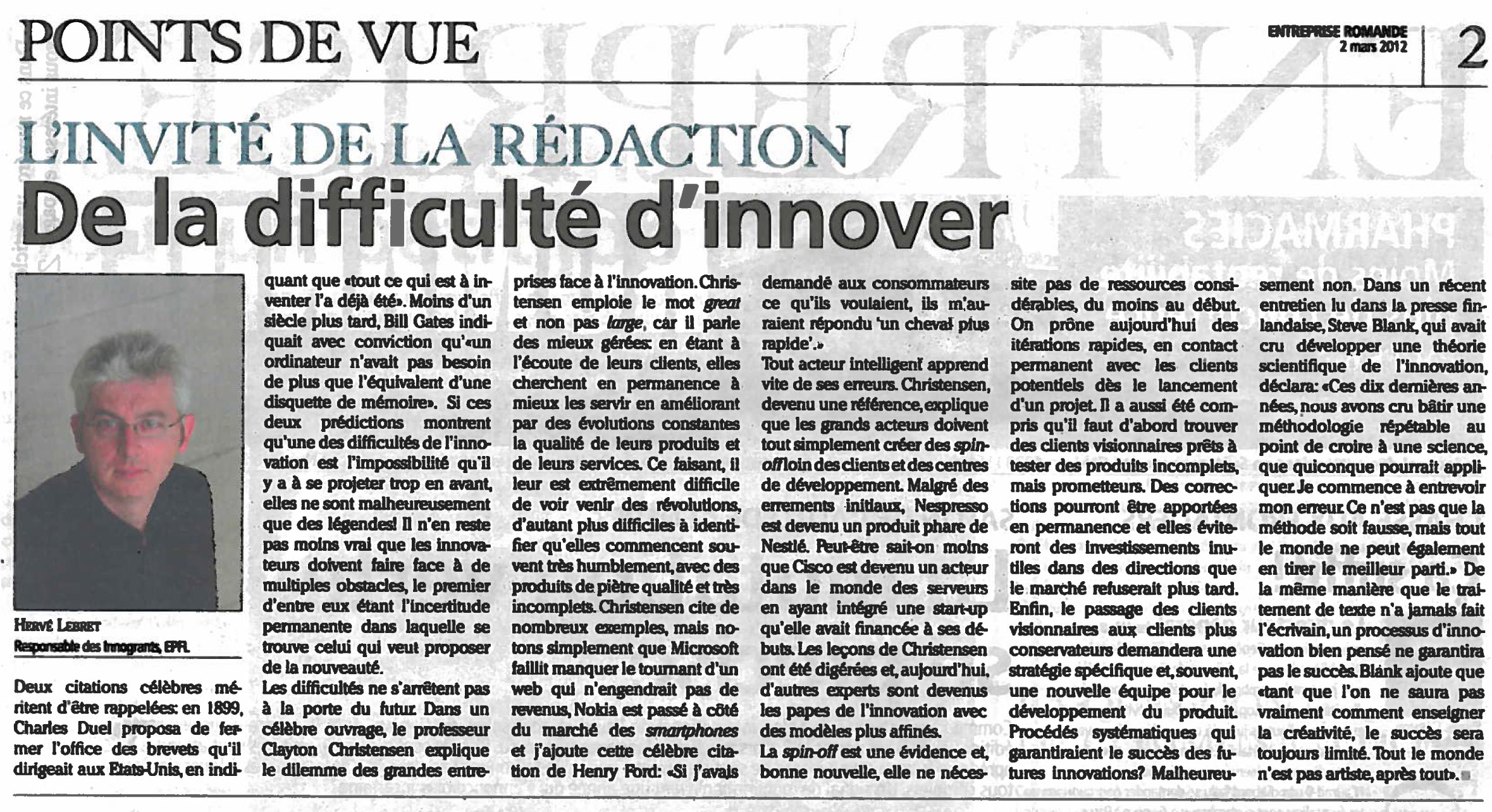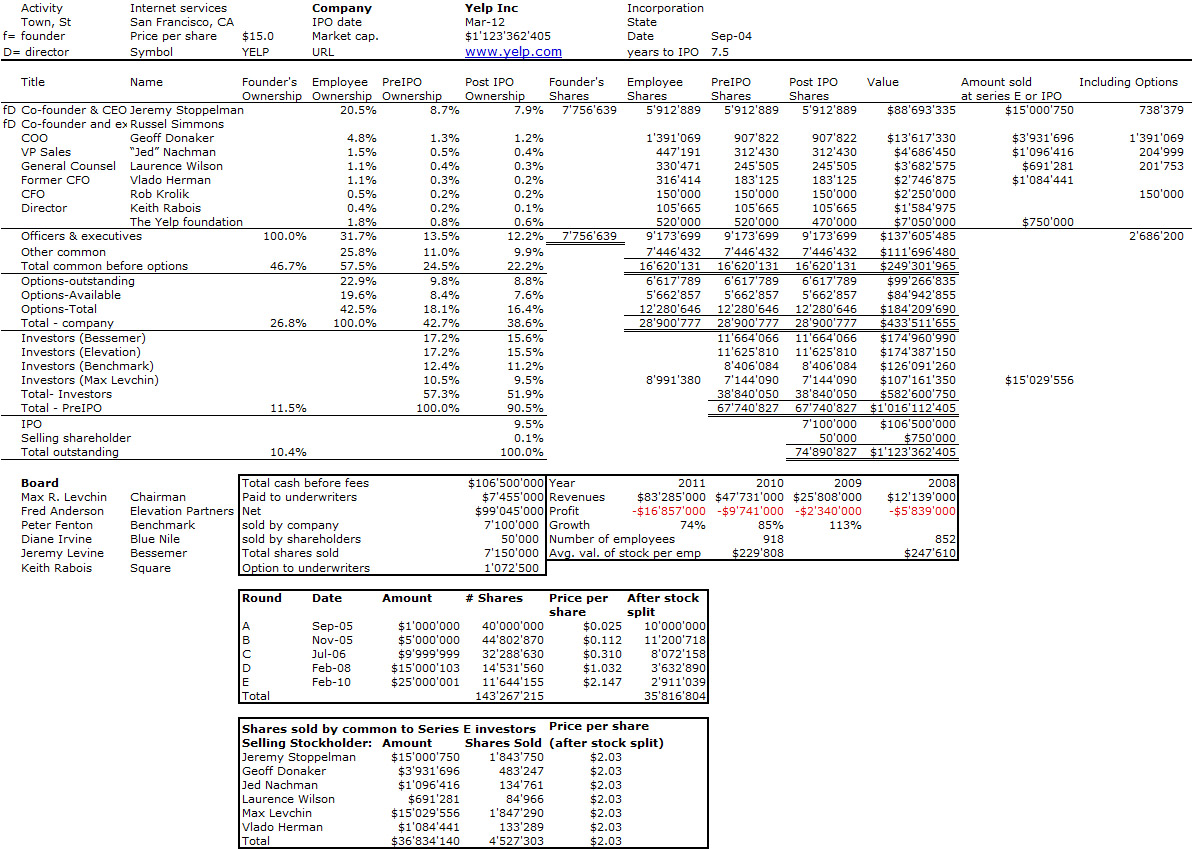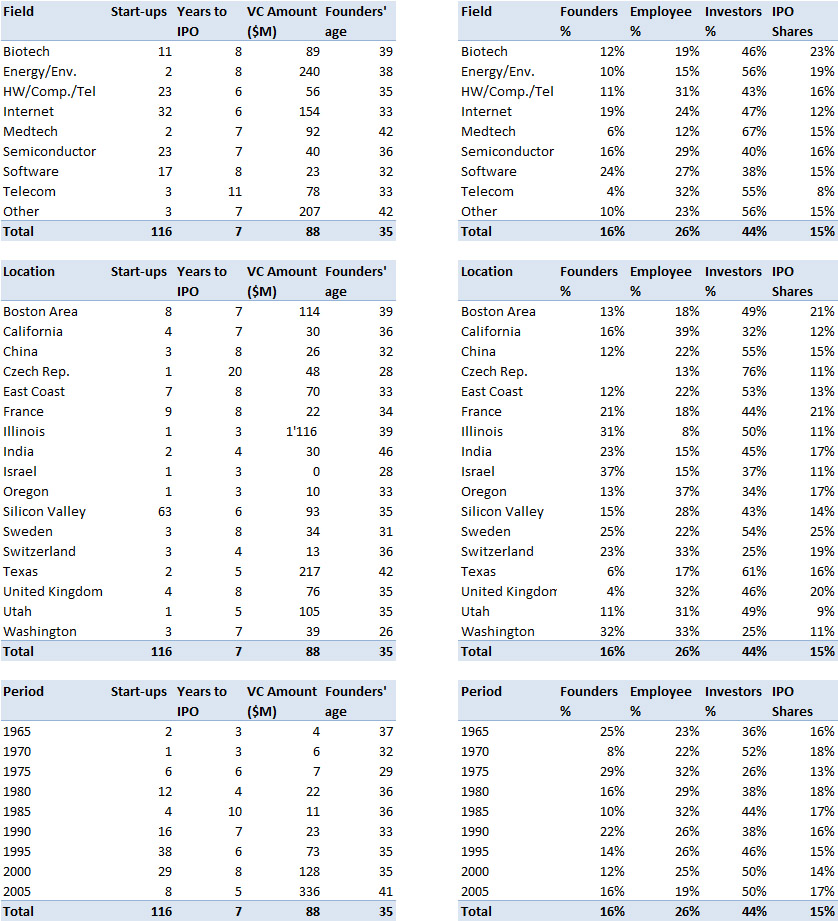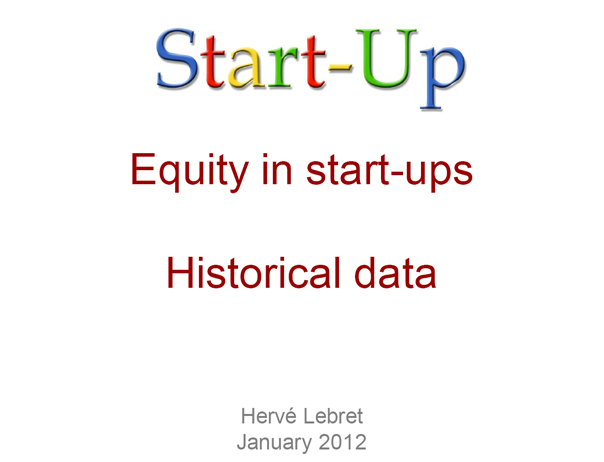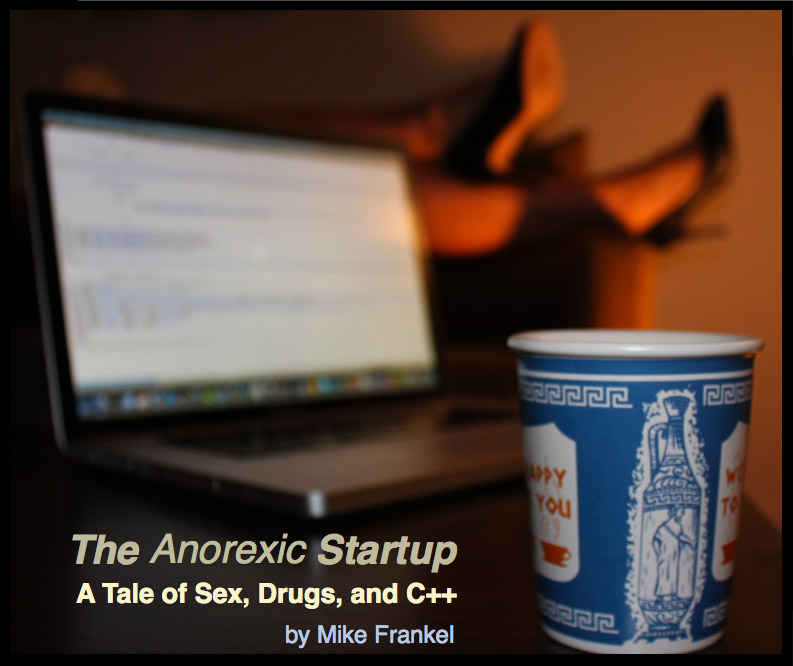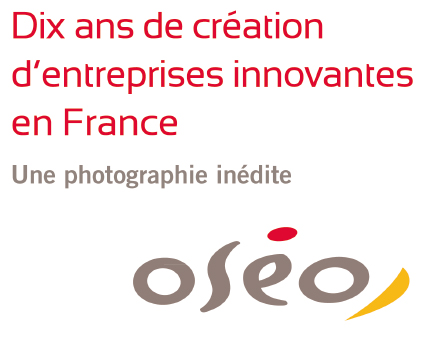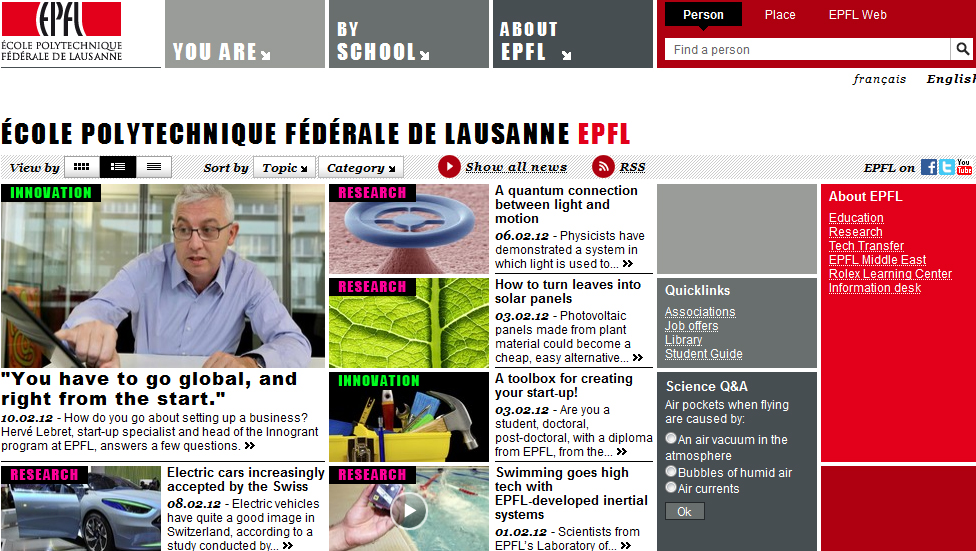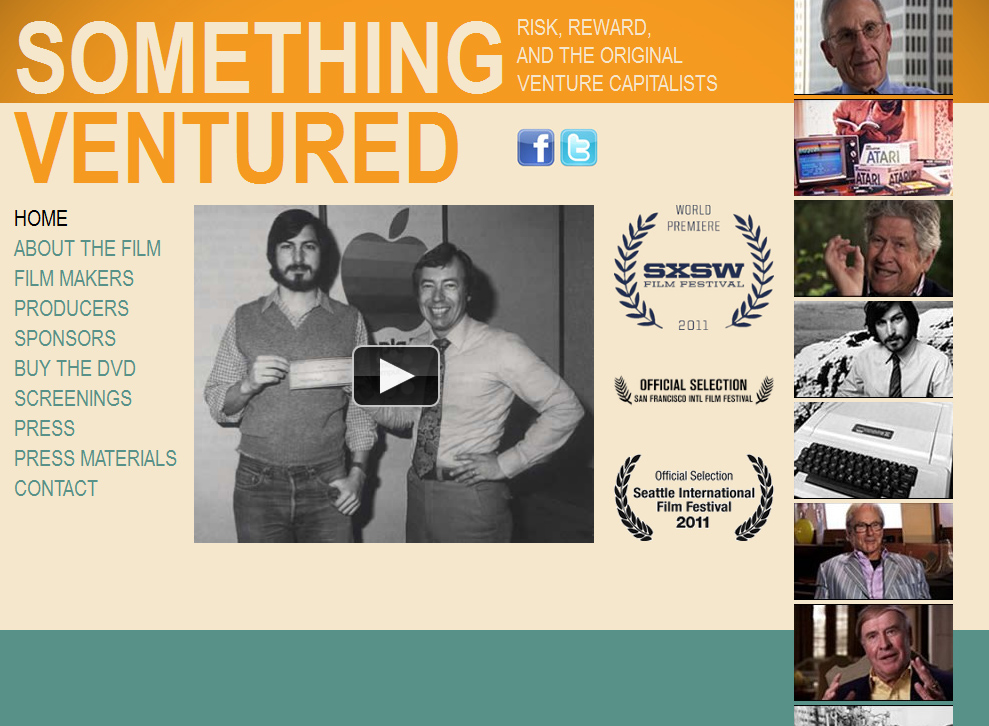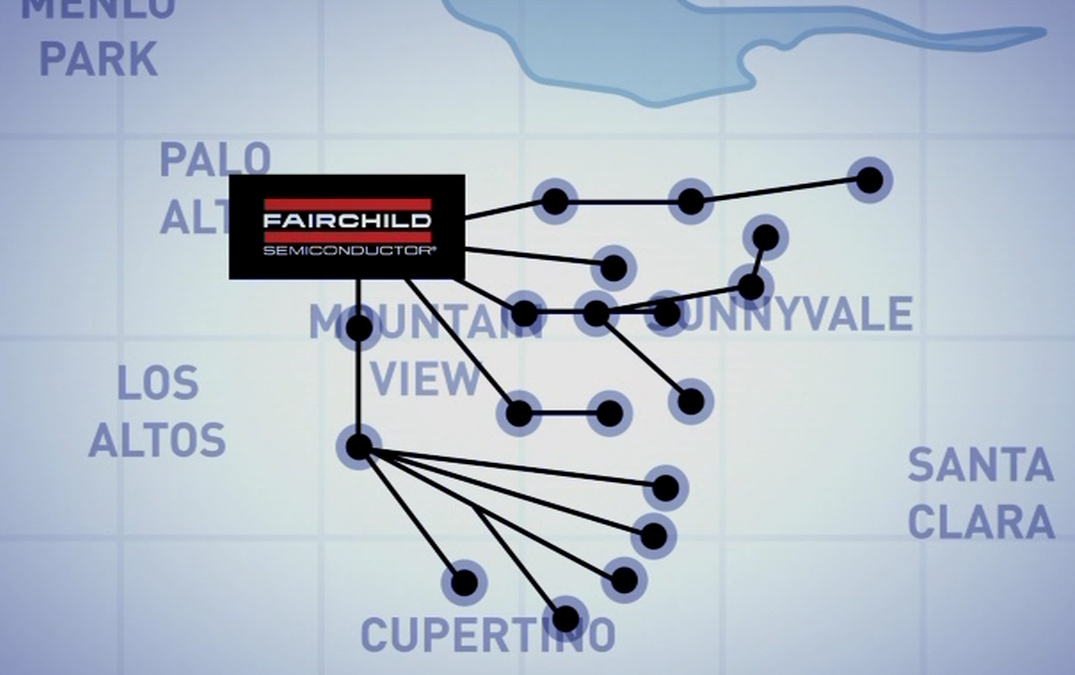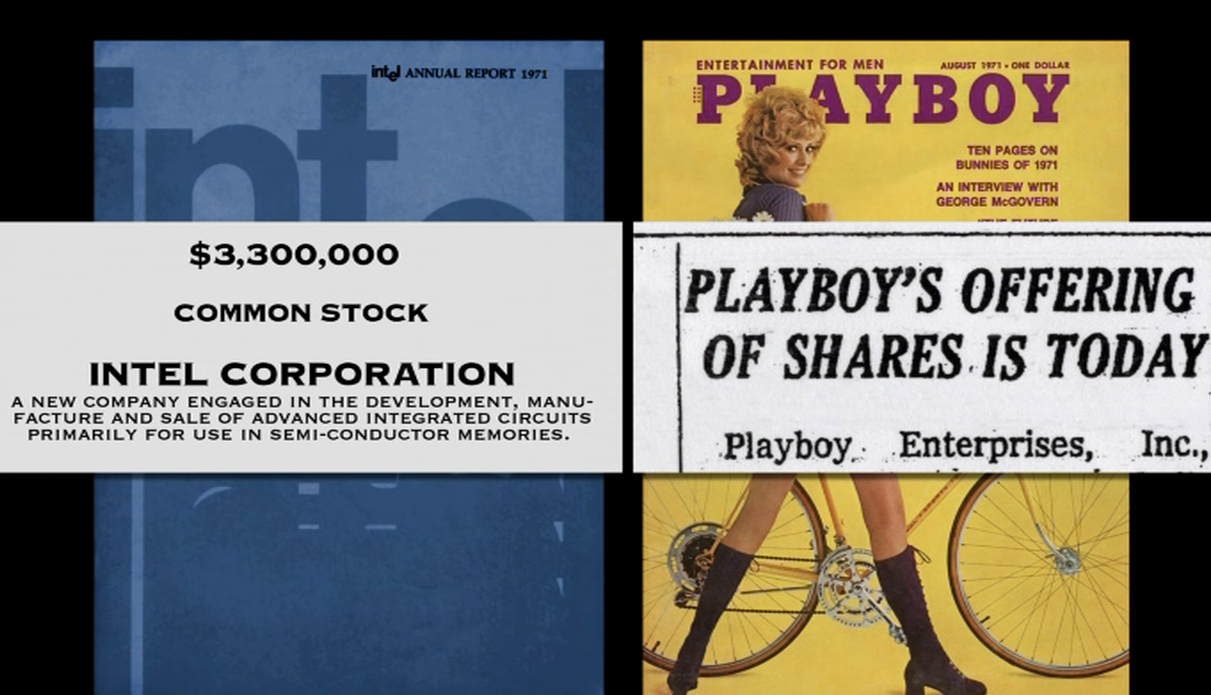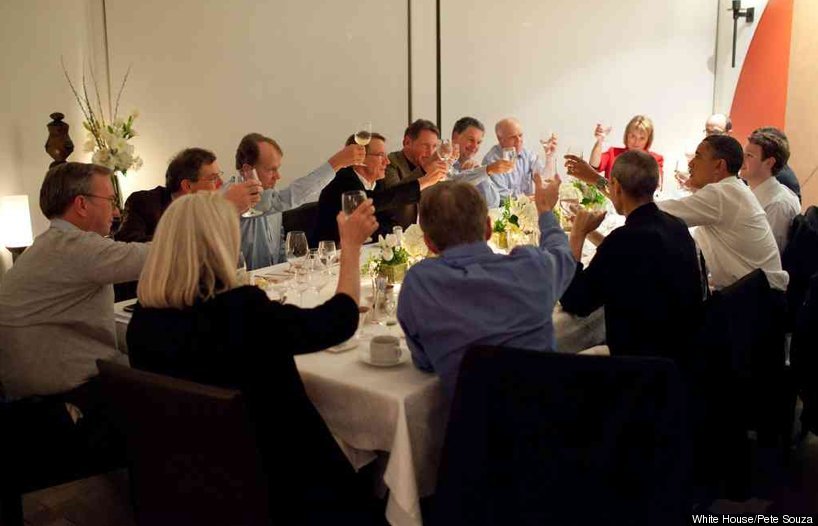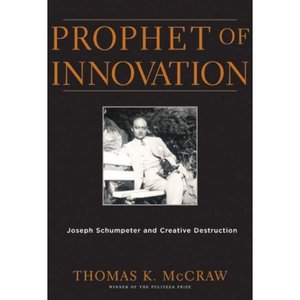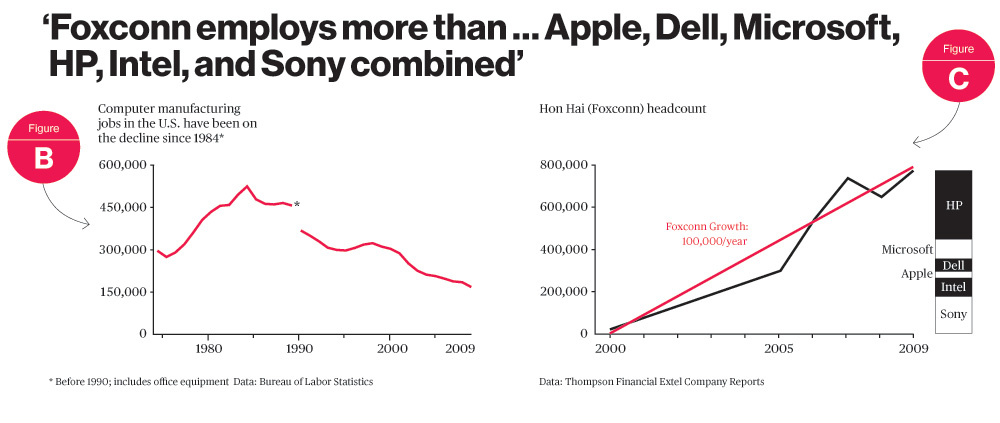Second contribution to the EPFL “start-up of the month”: after venture capital with Aleva, I focus on the team with SWISSto12.
12.03.12 – A killer product is not the only key to success for a young start-up. Even in the high-tech sector, the human-factor can be vital, and the founders of SWISSto12 know just how to use this to their advantage
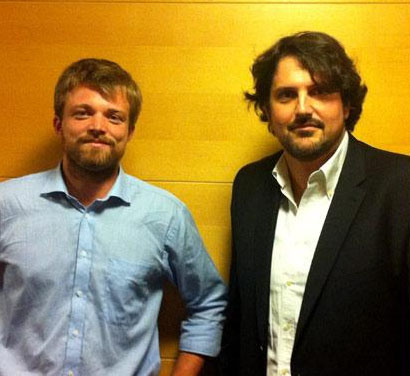
Emile de Rijk, Alessandro Macor founders of SWISSto12
SWISSto12 is the ideal model of a “starting” start-up company. It has all the essential (and sometimes counterintuitive) ingredients for success. A critical factor for a good start is the trust and transparent dealings between the individuals making up the original team. The two founders, Emile de Rijk and Alessandro Macor, may not have the experience you (wrongly) think they need, but their dedication will move mountains. They have invented a Terahertz Signal Transmission technology and, because this answers hitherto unsolved problems, SWISSto12 had a client even before it was established! An opportunity arose, and the two scientists made the most of it. More importantly, their innovation may open up new markets no-one had even thought of – such is the beauty of high-tech, with all its uncertainties. No need for a business plan at this stage: what matters is having a vision and finding the right people to make up the best possible team – which is the subject of this note.
First of all, I strongly advise not to embark on such an adventure alone. Professor Ansermet of the Laboratory of the Physics of Nanostructured Materials was impressed by the enthusiasm displayed by the two young scientists and provides friendly support. This is an absolute must.
EFPL backed up this support with its Technology Transfer Office, which helped to patent the technology and grant an exclusive licence to SWISSto12. (If I may make a brief digression here, one often sees entrepreneurs frustrated at the difficulty in negotiating IP rights. Although the perception is rather negative here, exceptions [such as the Bose adventure at MIT] should not obscure a much more transparent reality).
This start-up made the most of all the local support mechanisms: coaching at the PSE, Innogrant, VentureKick, CTI, and I probably forget others as the EPFL ecosystem is so efficient – to the point that this may even be dangerous if you rely solely on these support mechanisms.
SWISSto12 also secured an outstanding mentor in Valtronic founder Georges Rochat, who I recently found out has lived in Silicon Valley and knows the environment inside out. He not only contributes his own experience, but also a network and credibility which are key to the start-up’s development.
When the time came to recruit staff, things became tricky. After the exhilarating first few days, the new team realised that some dynamics were incompatible with a start-up’s culture where everyone lends a hand and “reporting structure” is considered a rather rude expression. A painful, but unavoidable decision was made to separate on good terms. In a start-up company, the main reason for failure is the human factor, much more than the technology, product or market.
I shared the idea of this column with Emile de Rijk, who said that you must “play out in the open and be honest with your partners to as to create win-win situations”. SWISSto12 is about to look for investors and the company’s potential should make it possible to realise these ambitions. I spoke of success criteria earlier. Naturally, there is no guarantee of this and entrepreneurship is always a careful balance regardless of a company’s size, and even more so in the case of a start-up. Still, in my opinion the founders’ passion and enthusiasm, combined with their ambition and lots of good sense, have definitely put them on the right track!

